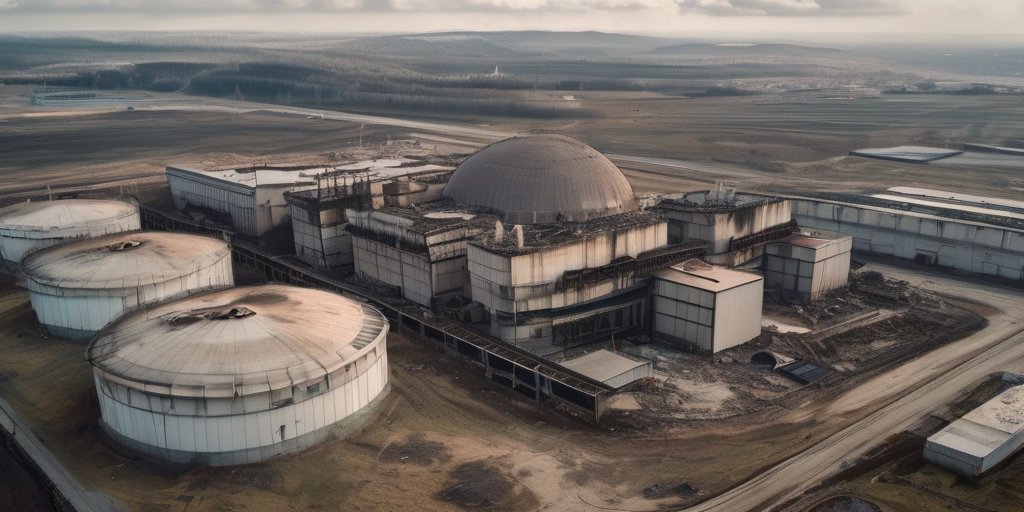In a recent development concerning U.S. military actions in the Middle East, a classified assessment from the Defense Intelligence Agency (DIA) contradicts President Donald Trump’s claims regarding the effectiveness of strikes on Iranian nuclear facilities. According to sources privy to the report, the January military strikes did not destroy core components of Iran’s nuclear program but may have only set it back by months. While Trump has boasted that the strikes ‘obliterated’ Iran’s capacity to enrich uranium, the initial findings suggest otherwise.
The strikes targeted three key locations within Iran’s nuclear infrastructure, namely Fordow, Natanz, and Isfahan. Despite the deployment of significant firepower, including 30,000-pound bunker buster bombs, the DIA’s preliminary assessment revealed that much of Iran’s extracted enriched uranium remained intact, as well as most of the centrifuges. Additionally, some of the enriched uranium is reported to have been relocated before the strikes took place.
The White House has publicly dismissed the assessment as a mischaracterization of the military operation’s impact, claiming that it was leaked by a low-level source seeking to undermine President Trump’s narrative of success. Spokesperson Karoline Leavitt stated, ‘This alleged assessment is flat-out wrong and was classified as “top secret” but was still leaked.’ The administration maintains that the strikes were an overwhelming success, despite the DIA’s findings indicating that the damage was primarily confined to above-ground structures, leaving crucial underground infrastructures relatively unharmed.
The apparent disconnect between the Trump administration’s portrayal of success and the intelligence community’s assessment poses questions about the efficacy of the military operation and its long-term implications for Tehran’s nuclear ambitions. Trump responded to critiques by emphasizing the strikes’ intended purpose of dismantling facilities likely used for weapon development. He claimed, ‘Those pilots hit their targets. Those targets were obliterated, and the pilots should be given credit.’
Despite the strong claims from Trump and allies like Secretary of Defense Pete Hegseth, who asserted that Iran’s capabilities were thoroughly decimated, experts suggest the reality is more complex. The intelligence is still unfolding, raising concerns that Iran may still possess the means to reestablish its nuclear program, especially since key facilities were not targeted during the operation. Jeffrey Lewis, a weapons expert, noted, ‘The attacks do not appear to have ended Iran’s nuclear program,’ pointing to the survival of various critical sites.
Trump’s rhetoric has taken a combative tone towards media outlets covering the discrepancies between military claims and intelligence assessments. He labels criticisms of the strikes as part of a broader campaign to diminish his administration’s achievements. Nevertheless, the impact of these military engagements continues to evolve as further damage assessments are underway, and future intelligence might provide clearer insights into the success or failure of these interventions.
